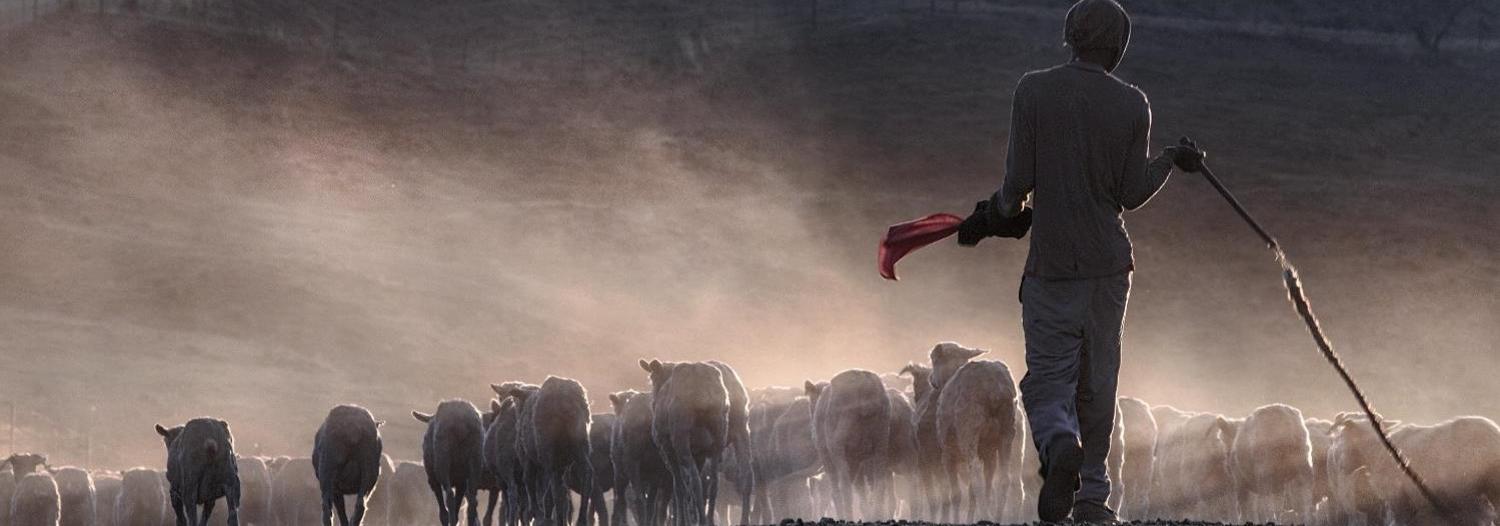IOM Vision
IOM supports its Member States to develop early alert mechanisms and to reinforce local conflict mitigation strategies to preempt and mitigate risk of conflicts associated with increasingly precipitated transhumant movements, which, if ungoverned, may lead to continuing and increasing clashes between mobile herders and sedentary farming and herder communities.
Objective
Driving solutions to displacement
Herders, National Transhumance Committees, line ministries in charge of agriculture and livestock, local authorities, traditional leaders, and communities.
IOM will apply its substantial experience in community stabilisation along at-risk zones, as defined by the Transhumance Tracking Tool, to work with local governance structures in communities regularly affected by transhumant movements to define conflict mitigation and resolutions methods. These activities will support the resolution of potential land tenure issues and work collaboratively to define acceptable passage corridors for transhumant movements.
Where additional community infrastructure may be needed in order to cater for the passage of transhumant movements, IOM will similarly support the participatory local decision-making processes to define priority infrastructure that would contribute to conflict mitigation or resolution, and support relevant line ministries to respond to this collective prioritisation in direct response to communities who may otherwise be aggrieved.
IOM seeks to build the capacity of its Member States along the multiple transhumance corridors in West and Central Africa to develop and apply a unified data collection mechanism to inform and support sound policy decision-making as it pertains to the regional governance of transhumant mobility. To do so, IOM will support several complementary data collection exercises, including broadening the application of the Transhumance Tracking Tool.
Mapping: IOM will engage with Member States and key stakeholders at regional, national, sub-national and local levels to map transhumance corridors, highlighting also key landmarks (including water points, grazing areas, markets, border posts, inter alia) which influence mobility paths chosen by transhumant movements.
Early Alert: Based on the results of the mapping, IOM will identify conflict-prone areas, or areas at particular risk of clashes, which will demarcate areas where data collection exercises will focus to identify early or massive movements of transhumant herds that may place a particular strain on community resources. Based on this data collection, IOM alongside its regional, national and local partners, will create information sharing/early alert systems that will notify at-risk communities ahead of the arrival of massive herds to ensure communities can prepare and agree on solutions to facilitate safe and mutually beneficial passage ahead of clashes materialising.
Sahel-Coastal Transhumance Movement Tracking: IOM seeks to respond to the ECOWAS request for enhanced provision of reliable and unified analysis of North-South transhumant movements to encourage regional decision-making, engaging both Sahelian and coastal countries, to reduce potential tension-inducing policies. To this end, IOM will work with Member States to conduct extensive transhumance movement tracking, enhancing access to reliable data on the scale of the movements between Sahelian and coastal countries.
Mauritania, Senegal, Mali, Gambia, Guinea, Niger, Burkina Faso, Côte d'Ivoire, Ghana, Togo, Benin, Nigeria, Chad, Cameroon, Central African Republic
The map used here is for illustration purposes only. Names and boundaries do not imply official endorsement or acceptance by IOM.
Figures are as of 31 December 2023. For more details of IOM's operational capacity in country, please see the IOM Capacity section.


